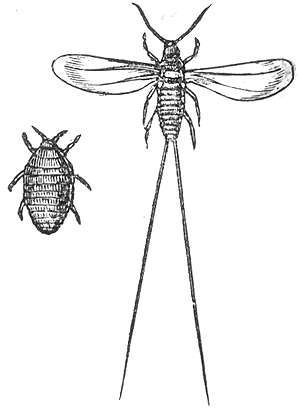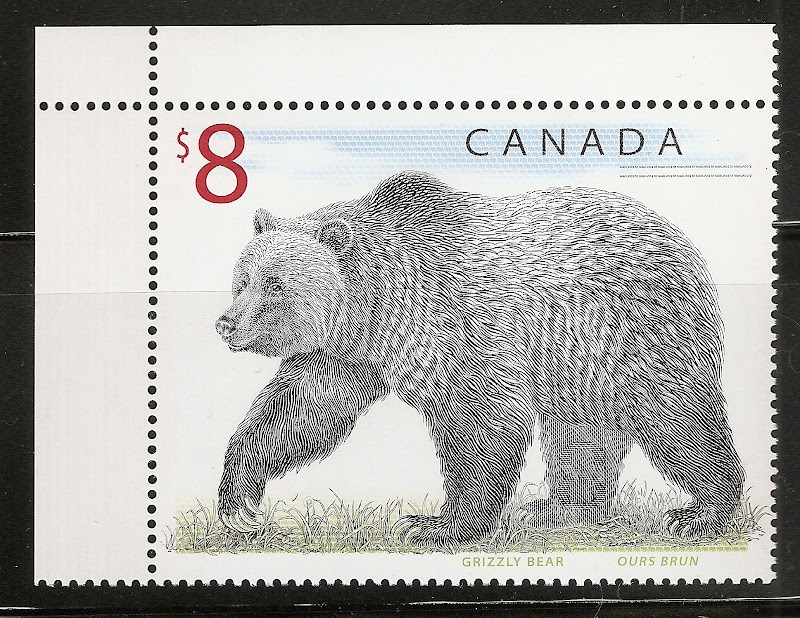Post by krash on Sept 28, 2013 16:14:45 GMT -5
Cochineal pigment
OK, This morning I was researching the dyes used in the manufacturing and printing of stamps, and in particular CARMINE while studying the shades of the U.S. Scott #65 on www.3cent1861.com/
Here is what I found:
CARMINE is a dye made from an insect that lives on a cactus called Opuntia otherwise known as the "prickly-pear"
Here is the bug- the Cochineal
Interesting notes:
* It takes about 80-100 thousand insects to make one kilo of cochineal dye.
* Many Muslims consider carmine containing food forbidden {haraam} because the dye is extracted from insects and all insects except the Locust are haraam in Islam.
* Jews also avoid food containing this additive (even though it is not treif and some authorities allow its use because the insect is dried and reduced to powder).
* Cochineal is one of the few water-soluble colourants that resist degradation with time. It is one of the most light- and heat-stable and oxidation-resistant of all the natural organic colourants and is even more stable than many synthetic food colours.
* Cochineal was used to make the British Soldiers coats red hence the name "Redcoats"!
Farming the Cactus and the Cochineal in Australia
The host cactus Opuntia (also known as "Prickly pear") was first brought to Australia in an attempt to start a cochineal dye industry in 1788, when Captain Arthur Phillip collected a number of cochineal-infested plants from Brazil on his way to establish the first European settlement at Botany Bay (part of which is now Sydney, New South Wales). At that time, Spain and Portugal had a worldwide monopoly (via their New World colonial sources) on the cochineal dye industry, and the British desired a source under their own control, as the dye was important to their clothing and garment industries (it was used to colour the British soldiers' red coats, for example).[21] The attempt was a failure in two ways: the Brazilian cochineal insects soon died off, but the cactus thrived, eventually overrunning about 100,000 square miles (259,000 km2) of eastern Australia.[22] The cacti were eventually brought under control in the 1920s by the deliberate introduction of a South American moth, Cactoblastis cactorum, whose larvae fed on the cactus.[22]
OK, This morning I was researching the dyes used in the manufacturing and printing of stamps, and in particular CARMINE while studying the shades of the U.S. Scott #65 on www.3cent1861.com/
Here is what I found:
CARMINE is a dye made from an insect that lives on a cactus called Opuntia otherwise known as the "prickly-pear"
Here is the bug- the Cochineal
Interesting notes:
* It takes about 80-100 thousand insects to make one kilo of cochineal dye.
* Many Muslims consider carmine containing food forbidden {haraam} because the dye is extracted from insects and all insects except the Locust are haraam in Islam.
* Jews also avoid food containing this additive (even though it is not treif and some authorities allow its use because the insect is dried and reduced to powder).
* Cochineal is one of the few water-soluble colourants that resist degradation with time. It is one of the most light- and heat-stable and oxidation-resistant of all the natural organic colourants and is even more stable than many synthetic food colours.
* Cochineal was used to make the British Soldiers coats red hence the name "Redcoats"!
Farming the Cactus and the Cochineal in Australia
The host cactus Opuntia (also known as "Prickly pear") was first brought to Australia in an attempt to start a cochineal dye industry in 1788, when Captain Arthur Phillip collected a number of cochineal-infested plants from Brazil on his way to establish the first European settlement at Botany Bay (part of which is now Sydney, New South Wales). At that time, Spain and Portugal had a worldwide monopoly (via their New World colonial sources) on the cochineal dye industry, and the British desired a source under their own control, as the dye was important to their clothing and garment industries (it was used to colour the British soldiers' red coats, for example).[21] The attempt was a failure in two ways: the Brazilian cochineal insects soon died off, but the cactus thrived, eventually overrunning about 100,000 square miles (259,000 km2) of eastern Australia.[22] The cacti were eventually brought under control in the 1920s by the deliberate introduction of a South American moth, Cactoblastis cactorum, whose larvae fed on the cactus.[22]










